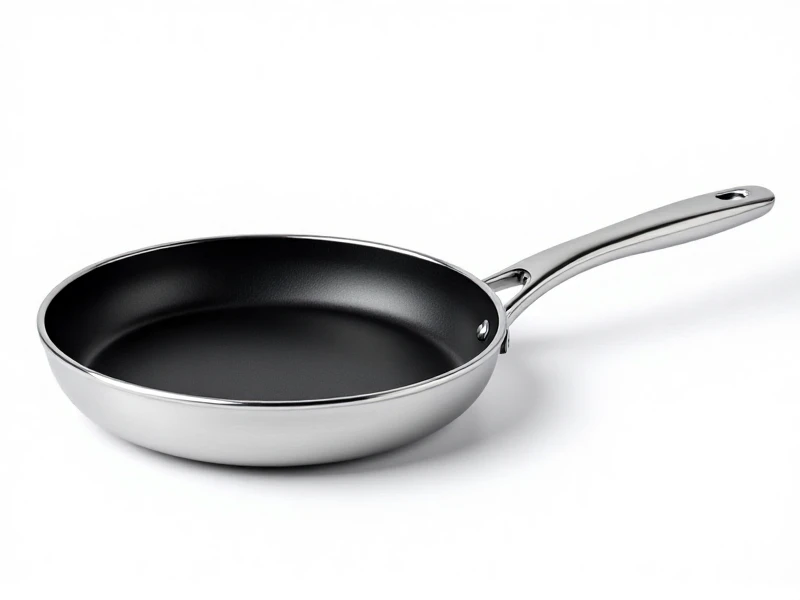
The Ultimate Guide to Choosing the Right Frying Pan for Your Kitchen
A good frying pan is arguably the most vital tool in any home kitchen. It's the workhorse for searing steaks, scrambling eggs, crafting perfect pancakes, and sautéing vegetables to crispy perfection. But with so many types on the market — non-stick, stainless steel, cast iron, ceramic — selecting the best frying pan for your needs can feel overwhelming. Let’s break down the key factors to consider.
Material Matters Most: The pan's material dramatically impacts cooking performance, durability, and maintenance.
- Non-Stick: Ideal for beginners and low-fat cooking, modern non-stick frying pans are great for delicate foods like eggs, fish, and crepes. Look for heavy-duty, PFOA-free coatings bonded to thick aluminum cores for even heating. Best for gentle cooking; avoid high heat or metal utensils which damage the coating.
- Stainless Steel: Prized for its durability and even heating (especially with an aluminum or copper core/clad bottom). A quality stainless steel frying pan doesn't react with acidic foods and develops impressive fond (browned bits) for making pan sauces. Requires preheating and sufficient oil/fat to prevent sticking. Great for browning meat and everyday sautéing.
- Cast Iron: The ultimate in heat retention and unbeatable for high-heat searing due to its natural non-stick properties when seasoned. A well-maintained cast iron frying pan becomes more non-stick over time. Highly durable but requires hand-washing, drying, and occasional oiling to prevent rust. It's heavy and takes longer to heat up.
- Carbon Steel: Similar to cast iron (excellent heat retention, requires seasoning), but lighter weight and with smoother cooking surfaces. Popular with professional chefs, a carbon steel frying pan heats up faster than cast iron but remains responsive to temperature changes.
- Ceramic & Advanced Coatings: Offer a non-stick alternative, often touted as more environmentally friendly ceramic cookware. Durability can vary, so check warranty and user reviews.
Size and Shape:
- Size: Smaller pans (8-10 inches) are excellent for single servings or eggs. A 12-inch frying pan handles meals for 2-4 people and searing proteins effectively.
- Shape: Standard sloped sides accommodate flipping. Saucier pans (straight sides) are better for simmering sauces.
Handle Comfort and Oven Safety: Ensure the handle feels comfortable and secure, especially when the frying pan is full. Riveted stainless steel handles usually stay cooler. Check if the pan’s entire construction can go from stovetop to oven (oven-safe handle); this is essential for finishing dishes under the broiler or slow roasting.
Choosing Your Champion: Think about your cooking style:
- Delicate Foods & Easy Cleanup: Non-stick.
- Browning, Deglazing & Durability: Stainless steel or tri-ply/clad.
- High-Heat Searing & Natural Non-Stick: Cast iron or carbon steel.
- Lightweight Versatility & Pro Performance: Carbon steel.
No single frying pan does everything perfectly. Many cooks build a collection over time, often owning one reliable non-stick for delicate tasks and a workhorse stainless or cast iron for heavy-duty jobs. Invest in a solid, well-constructed frying pan – it’s a purchase your stove will thank you for, meal after meal. Treat it right, and a quality pan can last decades.